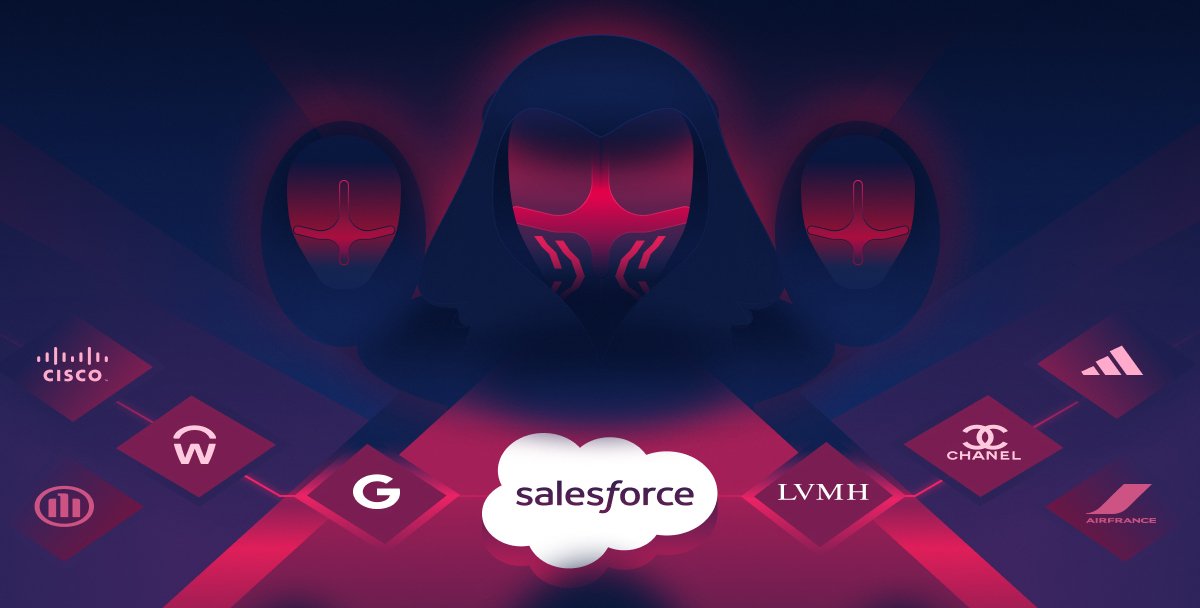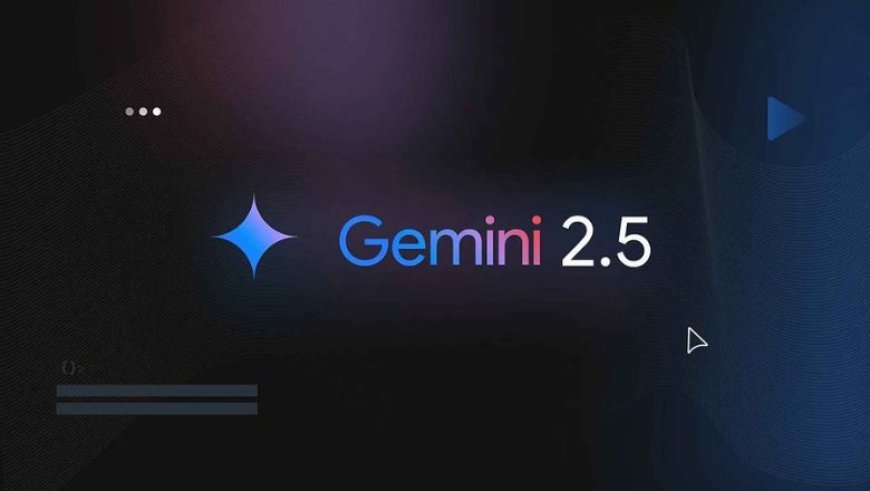Lakshmana Vadaga, CIO, Mind Nerves Technology Pvt. Ltd.
Today enterprises are being transformed by key technology trends centered around efficiency, automation, resilience, and sustainability.
Tech Landscape
Generative AI is now deeply integrated into business operations—from content and code creation to customer service and R&D. AI copilots are assisting knowledge workers across platforms like Microsoft 365 and Salesforce, accelerating productivity.
Hyper automation is merging AI, robotic process automation (RPA), and machine learning to create autonomous enterprises with minimal human intervention. Simulation tools such as digital twins are helping organizations model scenarios and optimize processes, especially in manufacturing and logistics. Edge computing and the growing Internet of Things (IoT) reduce latency and support real-time analytics at data sources. Meanwhile, AI-powered cybersecurity mesh and zero-trust frameworks are enhancing enterprise protection. Sustainability tech is also gaining ground, driven by ESG mandates that require carbon tracking, green data centers, and energy-efficient AI.
The Expanding Role of CIOs and Tech Leaders
CIOs are no longer just IT stewards—they are strategic business partners. Their responsibilities now include shaping business strategy, aligning tech with P&L goals, and championing digital transformation initiatives. They’re also expected to lead innovation, evaluate emerging technologies, and oversee enterprise data strategy.
CTOs are driving AI adoption and ensuring tech infrastructure aligns with business objectives. CISOs, once technical experts, are now involved in board-level decisions, legal risk discussions, and digital trust. DPOs are navigating complex regulatory environments like GDPR and the EU's DORA while ensuring ethical AI and data privacy.
Cybersecurity: A Business-Wide Responsibility
CIOs and CISOs are fostering a security-first culture. This includes executive-level commitment, continuous employee training, real-time simulations, and gamified awareness programs. Security is embedded in onboarding/offboarding, and champions are appointed in each department to reinforce safe practices. AI enhances cybersecurity with adaptive access controls, behavioral analytics, and automated incident response.
AI, Automation, and Identity Management
AI is powering predictive analytics, automated audits, and security orchestration platforms like SOAR. Identity and Access Management (IAM) tools are being updated to manage non-human AI agents, assigning dynamic roles and securing credentials to prevent misuse.
As digital threats evolve, so do the roles of enterprise tech leaders, who are now critical drivers of resilience, innovation, and trust in a cyber-first business environment.






